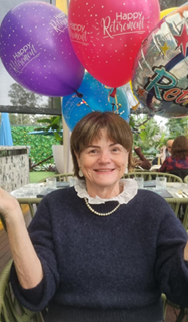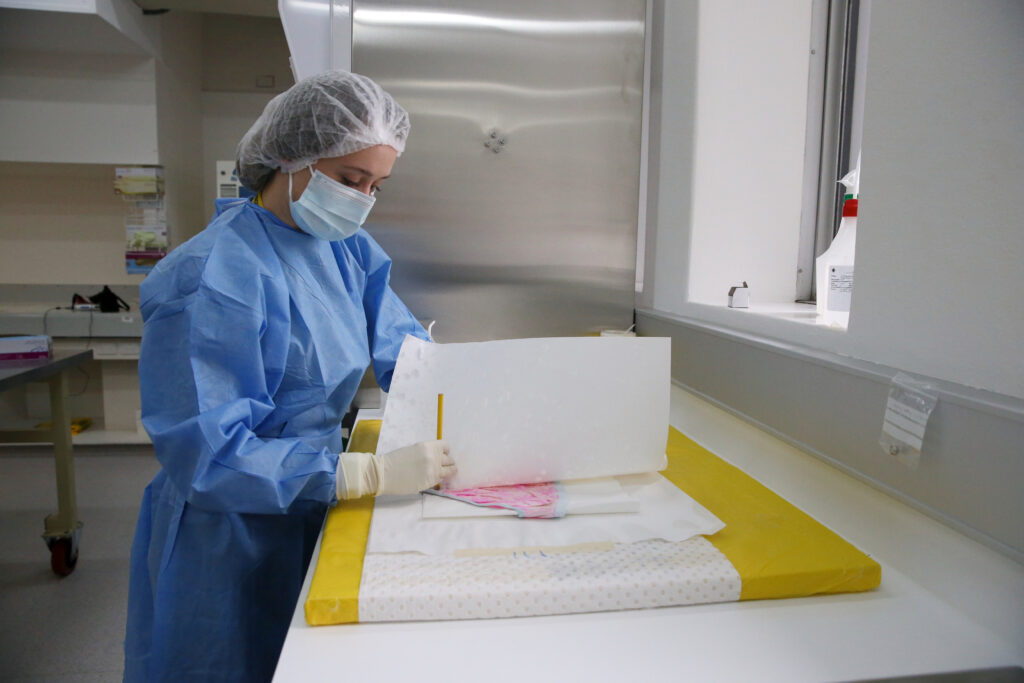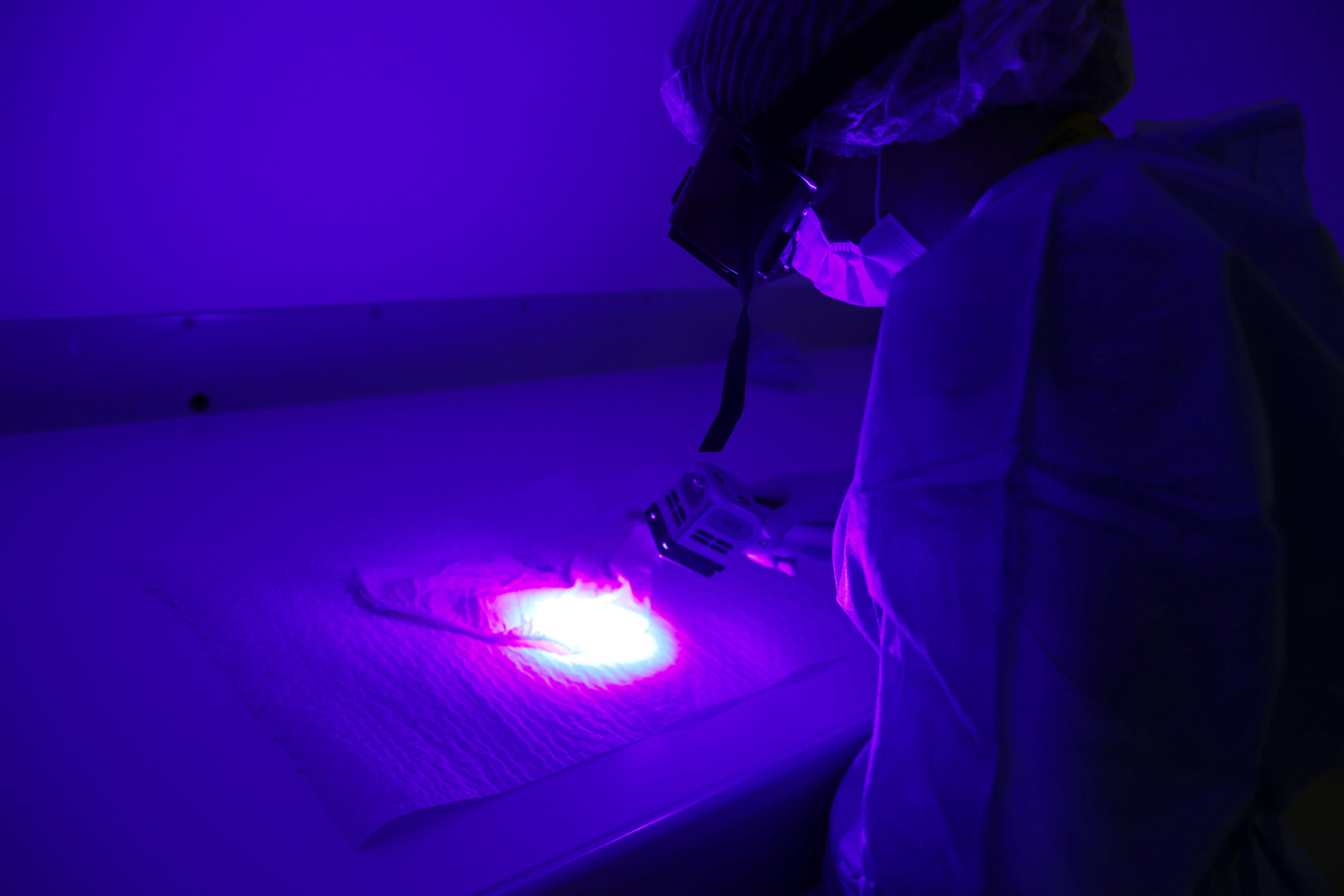NSW Health Pathology has farewelled Meredith Caelli, who is retiring after a 42-year career working across multiple roles in the health sector.
Staff gathered at NSW Health Pathology’s Newcastle office in May 2025 to celebrate the four decades Meredith has dedicated to the health and wellbeing of patients across NSW.
She rounded out her career as the Disaster Coordinator for NSW Health Pathology, where she has worked for 10 years.
“I am proud to have worked as part of an organisation where everyone shows up not to just do a job, but to support each other, to serve something bigger than themselves, and to strive for excellence in everything they do,” she said.
“What has always stood out for me is the attitude that says – talk to us about what you need, and let’s work together so we can be the best version of ourselves.
“That mindset; open, practical, and quietly ambitious, shapes the way the teams across Pathology work and is something I have genuinely admired.”

Meredith thanked her colleagues at NSW Health Pathology who she praised for acting with openness and collegiality, helping her to succeed in her role.
“During my time in health I have worked as a nurse, infection control nurse practitioner, public health nurse consultant, patient safety manager, enterprise risk manager, internal audit manager, pandemic preparedness officer, and finally as a member of the Emergency Management Unit.”
She says she is most proud of her work to initiate the design and delivery of a mass vaccination clinic in a rural community, which paved the way for similar clinics to be established during the COVID pandemic, completing her PhD, and helping to develop the first statewide infection control database in NSW.
“Over the years I have learnt a lot, shared wins, commiserated when we have fallen short, but throughout it all I have felt safe, valued, respected and appreciated at NSW Health Pathology. I have truly been very fortunate.”
We wish you all the best for the future Meredith! You will be missed.





